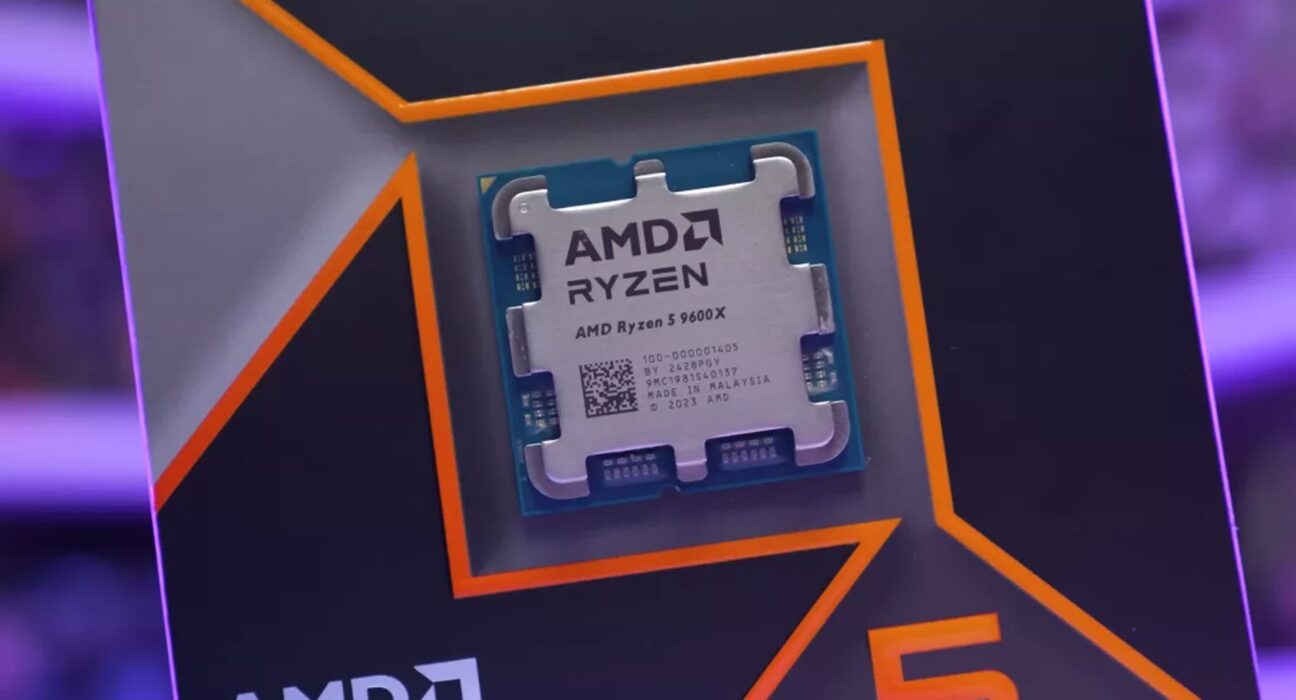Recap: The newly released AMD Ryzen 7 9700X and Ryzen 5 9600X have garnered attention for their power efficiency and effective thermal management, debuting with a modest 65W TDP. However, the minimal performance gains over previous generations have drawn criticism, especially given their higher launch prices compared to the Ryzen 7000-series. Rumors now suggest that AMD might increase the TDP for these processors. If true, this change could enhance their performance, but will that be enough to boost their lagging sales?
AMD is reportedly planning to increase the Thermal Design Power (TDP) for two of its Zen 5 processors – the newly launched Ryzen 7 9700X and Ryzen 5 9600X – from 65W to 105W. This information comes from hardware leaker Chi11eddog on X, who says the change will occur in an upcoming AGESA 1.2.0.1a Patch A update. Because it has not been confirmed, the claim should be viewed with a healthy dose of skepticism. But assuming it is accurate, there are several implications to consider.
AMD will increase Ryzen 5 9600X and Ryzen 7 9700X TDP from 65W to 105W, with AGESA 1.2.0.1a Patch A.
ð§Âð§Â𧖠chi11eddog (@g01d3nm4ng0) August 14, 2024
For starters, the rumored TDP boost would improve multi-core performance, potentially making these processors more competitive against Intel’s offerings, such as the 14th-gen Raptor Lake Refresh CPUs and the upcoming Arrow Lake series.
Indeed, the initial decision to reduce TDP to 65W for the 9000-series was seen by some as a regression in AMD’s product lineup. Although the current 65W TDP is noted for its power efficiency, it has been at the cost of performance gains over previous generations.
Lower TDP typically results in lower sustained clock speeds, especially in multi-threaded workloads, hindering performance. However, with Precision Boost Overdrive (PBO) enabled, the Ryzen 7 9700X has shown up to 13% faster performance in multi-threaded benchmarks like Cinebench 2024. PBO allows the processor to exceed its default power limits, drawing more power when thermal and power delivery conditions permit.
It is important to note that a higher TDP means these CPUs will generate more heat, which would require more robust cooling solutions. Users might need to upgrade their cooling systems to handle the increased thermal output.
Finally, it is conceivable, but unlikely, that a higher TDP could help improve these processors’ sales, which have been lackluster at best. According to reports, only “over 20” units of the 9600X and “over 30” units of the 9700X have been sold at Mindfactory, a German retailer.
One significant reason could be that they are perceived as poor value for the money. Critics have said the new processors offer only a modest performance increase, around 5%, over their predecessors, leading to a meme referring to them as “Zen 5%.”
Also, even though the processors have only been on the market for a few days, consumers might be waiting for the release of the 9000-series X3D CPUs, which feature 3D V-Cache technology.
However, the main issue with these processors is their cost. Although their launch prices are slightly lower than those of the Ryzen 5 7600X and Ryzen 7 7700X, they are still significantly more expensive than the current prices of these older models, which offer similar performance.
If the increase in TDP is meant to drive more sales, it will need to be accompanied by more competitive pricing and perhaps a more efficient marketing strategy as AMD needs to better differentiate these models from both their predecessors and competing products in the market.












